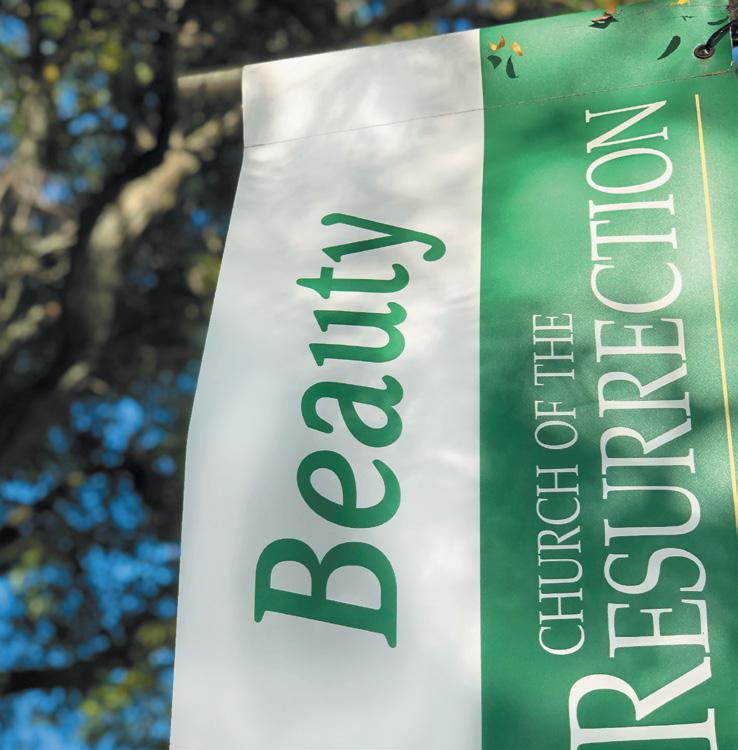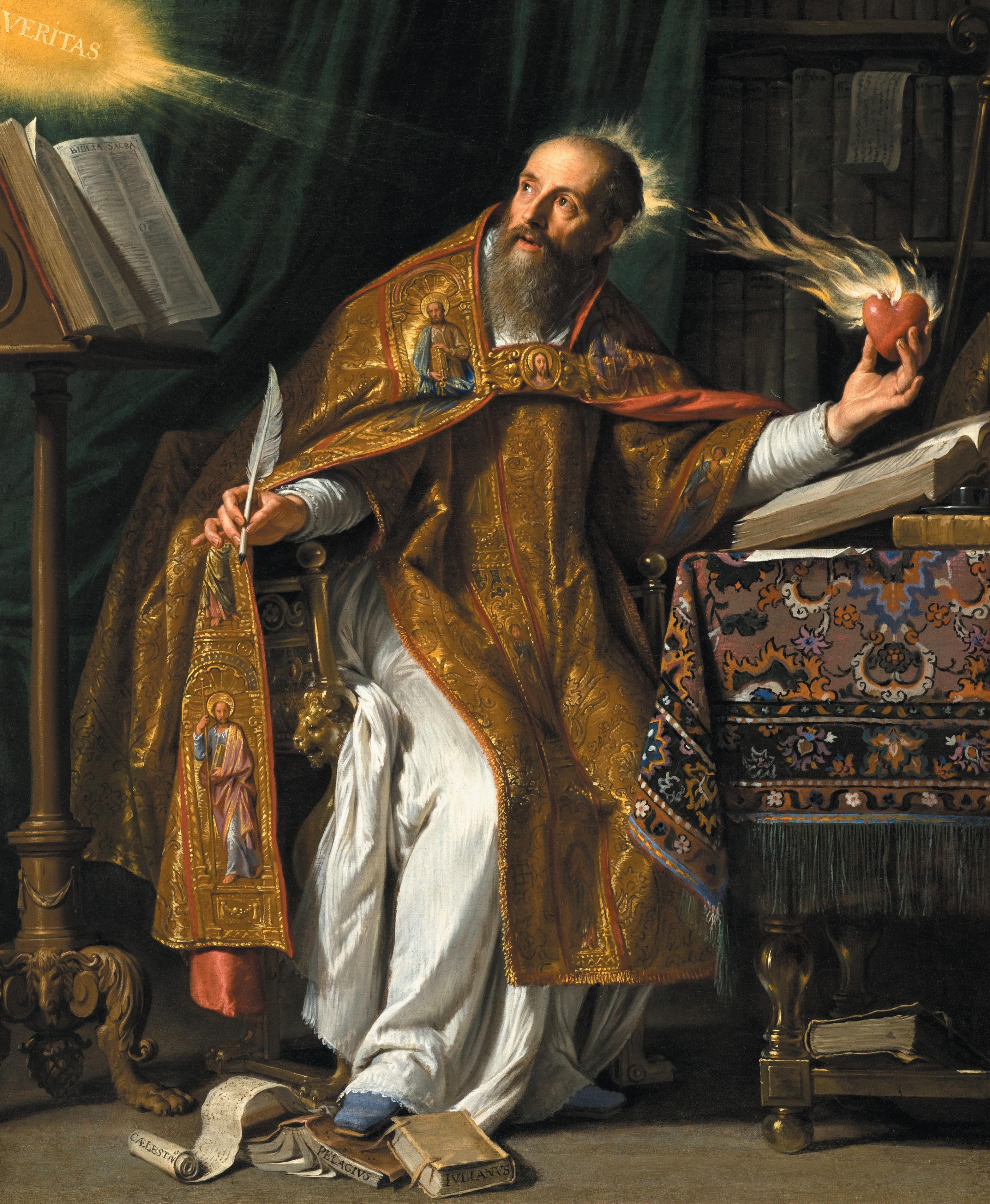
2 minute read
WHAT IS BEAUTY? Looking at Philippe de Champaigne's St. Augustine - Brian Fink
Of all the cliches associated with beauty, perhaps the most famous is “Beauty is in the eye of the beholder.” The phrase raises the question, though: What is beauty? The painting on the back cover, Philippe de Champaigne’s famous portrait of Saint Augustine, painted in the late 17th century, may provide a jumping off point.
What is beauty, then? In a series of essays entitled “Only the Lover Sings: Art & Contemplation,” the Catholic philosopher Josef Pieper (d. 1997) defines beauty as “the glow of the true and the good irradiating from every ordered state of being.” Pieper understood beauty as a physical manifestation of truth and goodness that could be grasped directly by the senses. When we experience the joy of encountering something beautiful -- the sun setting over Lake Michigan or leaves turning in autumn; the grin of a newborn or the hearty laughter of a grandparent; the resounding harmony of a full choir or the subtle meandering of a stream over rocks -- what we’re experiencing is the effect upon the soul of a tiny sliver of God’s creation revealed in its fullness, flourishing as He intended. Beauty, then, is the way in which the senses experience the truth and goodness of God’s revelation.
Advertisement
Turning to the painting, our eyes are drawn to the three brightest points on the canvas. In the center, we see a representation of Saint Augustine’s mind being illuminated by the ‘light of truth,’ which hovers above the book of the bible. The light penetrates Augustine’s intellect and, having been received, is made manifest in Augustine’s hand as a heart aflame with love, one of the saint’s most memorable attributes.
But let’s hear what St. Augustine himself has to say about our delight in beauty. Near the end of his Treatise on Order (A.D. 386), Augustine notes: “In this world of sense, we need to keep clearly before our minds the implications of time and space, so that if something here and now delights us in a fraction of time or space, we must understand that the whole to which that fraction belongs is something far better.”
Ultimately then, we understand that the truth, goodness, and beauty we experience find their source in God Himself. And the more we open ourselves up to that love and receive it, the more the eyes of the soul will begin to “see” that love made manifest.
- Brian Fink teaches middle school religion and history at Resurrection School.
ST. AUGUSTINE by Philippe de Champaigne










